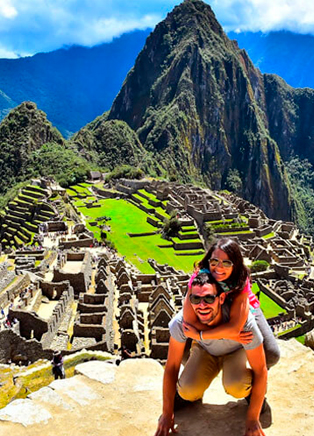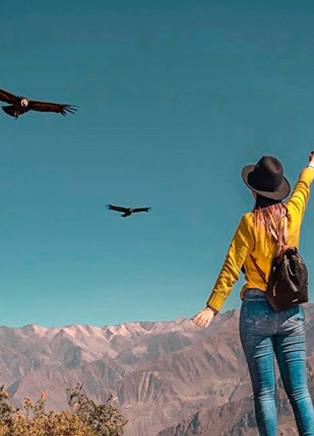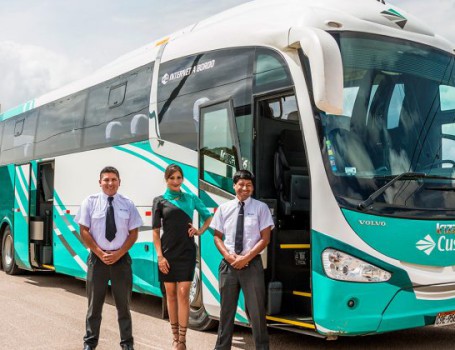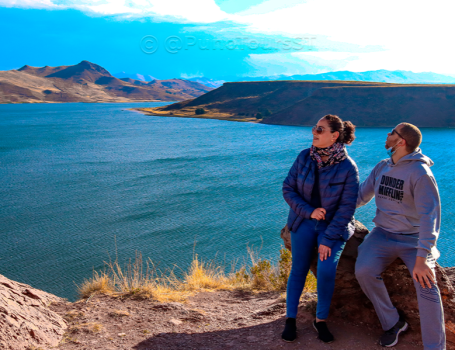Museums in Puno
Carlos Dreyer Museum
 This declared Cultural Heritage of the Nation on July 23, 1980, the museum is located in the main square of Puno.
This declared Cultural Heritage of the Nation on July 23, 1980, the museum is located in the main square of Puno.
Location: Conde de Lemos Jr. # 289.
Opening hours: Monday to Saturday (9:30 a.m. to 7:30 PM) and Sunday (2:30 PM to 7:30 PM)
Entrance Fee:
Foreigners: S / 15.00
Foreign students: S / 10.00
Peruvians: S / 5.00
Local: S / 2.00
School: S / 1.00
This important museum of the city of Puno has 8 showrooms which are detailed:
Inca Hall: Where well-preserved objects cultures of the coast and highlands of Peru, samples of pottery, stone weapons, textiles, sculptures and mummies are displayed; the Moche, Nazca, Chimu, Chancay, Tiahuanaco, Pucara and Inca cultures.
Lithic Hall Gallery: Where sculptures and stone monoliths Pukará civilization also known as “The Mother Culture of the Andes” are displayed.
Regional Archaeological Hall: Where find gold and silver, stone sculptures of the cultures Pucara, Tiahuanaco, Colla, and Pacajes Lupaca peoples living near Lake Titicaca, in areas known as Umasuyo (east side) and Urcusuyo (western side).
Death living in the highlands: Where is displayed the “Treasure of Sillustani” composed more than 500 pieces of gold that were part of a funerary equipment of the Incas found in 1971, along with mummies found in the archaeological complex of Sillustani and Chullpa replica of the Lizard (Sillustani).
Hall Art Gallery: Where paintings from the collection of Charles Dreyer and the circle of painters belonging to the indigenous Laykakota stream is exposed.
Colonial Room: Where are silverware, pins, rings, a numismatic collection and related services to the Spanish Foundation of the city of Puno in 1663 documents.
Religious hall: With gold leaf paintings and silver religious.
Hall Dreyer: With bronze objects and ornaments war of the republican era.
Coca Museum
 This museum is an institution dedicated to research, develop and reassess the Andean culture promoting the conservation of the customs and traditions of Puno.
This museum is an institution dedicated to research, develop and reassess the Andean culture promoting the conservation of the customs and traditions of Puno.
Location: Jr. Deza Nº 301.
Opening hours: Monday to Saturday (9:00 a.m. to 1:00 PM and 3:00 PM to 8:00 PM).
This interesting and unique museum of the city of Puno has 2 showrooms and one space dedicated to products made from coca which are detailed:
Room Coca leaf: Where find a collection of studies done on the cocaine in the history of man, these leaves were used by our ancestors as food, medicine and as an essential part of offerings to their divinities, was used as the bread and wine in the Catholic religion. We should mention that today continues to use coca leaves for the same purposes mentioned above by the Andean people.
Living Traditions: Where we can find interesting examples of folklore of Puno, being considered the “folkloric capital of Peru” we will appreciate in this room more than 400 dances dating from the period pre-Inca, Inca conquest, colonial and republic.
Coca Shop: Where to find products made from the coca leaf considering the following:
The Andean people since time immemorial developed a bond of respect and interdependence with the elements of nature, considering living spirit, his divine essence of life where the coca leaf to be considered a gift from the gods, endowed with healing powers and means of communication with the world above an integral and essential part as a sacred offering.
Yavari Naval Museum
 Location: Anchored in the dock of Sonesta Posadas del Inca Hotel. Av. Sesquicentenario # 610, Sector Huaje Puno.
Location: Anchored in the dock of Sonesta Posadas del Inca Hotel. Av. Sesquicentenario # 610, Sector Huaje Puno.
Opening hours: Monday to Sunday (8:00 a.m. to 5:00 PM)
Anchored in the Bay of Puno, you can enjoy a unique and unforgettable experience. Built in 1862 President Ramon Castilla, ordered its construction in 1861 in England, in June 1862 England embark on their 1833 pieces and transported to the port of Arica and then by rail to Tacna. Before being transported by mule to the city of Puno, finally they were given their pieces in 1868, proceeded to the assembly and put into operation at Christmas 1870.

 string(2) "en"
string(2) "en"





